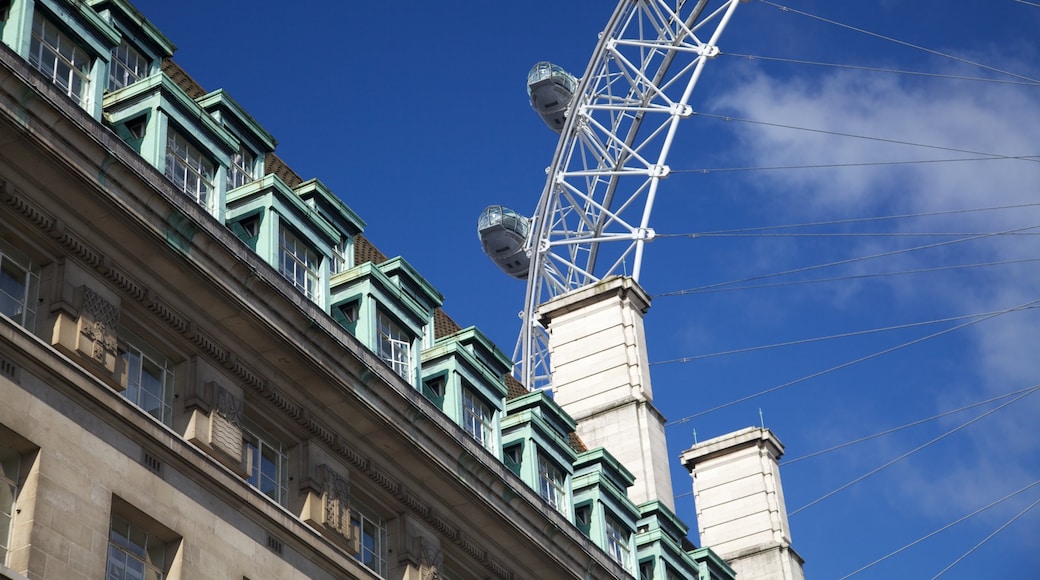Like a giant white-spoked bicycle wheel in the heart of London, the London Eye has become its new-millennium icon. It first started the graceful spinning of its riders, 135 metres above London, in 2000. Ever since, it has become an increasingly popular and well-loved attraction, bringing the amazing cityscape of London to all-and-sundry – not just those who can afford top-floor office space in its many sky-scraping towers. It's now hard to imagine a visit to London that doesn't involve stepping onto one the Eye's silver glass capsules.
But in fact this was only ever meant to be a temporary attraction on the South Bank of the Thames, its planning permission extending only 5 years. Only after its popularity became apparent was it allowed to keep on spinning. Now it's reckoned over 45 million people have found themselves flying high with the Eye over London's bridges, churches, palaces and (of course) Big Ben.
The London Eye was installed as part of the city's millennium celebrations, through a spectacular feat of engineering that raised its 1,700 tonnes vertical. Attached to the rim of this giant Ferris wheel are 32 air-conditioned capsules, which you can be walked around freely. Because the wheel turns so slowly – only 26 cm per second – they can be walked onto, too, without the wheel even stopping.
That slow, steady motion also gives you 15 minutes of ever-widening perspectives, as you move towards the top, and 15 minutes slow descent back down to earth. While you're up there, you'll be able to see the glittering meanders of the Thames, the distant green of the South Downs, and all of the city's historical landmarks laid out beneath you like a table cloth. The Shard may be higher, but the London Eye will truly take you on a journey.













